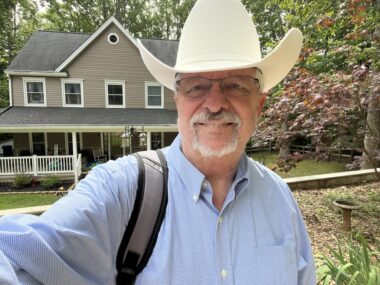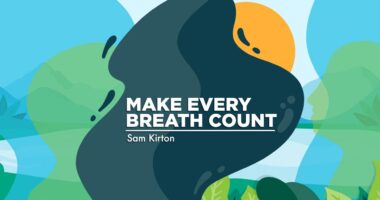Protecting myself during the dog days of summer
Given my IPF and transplant, I take steps to manage medication side effects

Later this week, summer arrives. Shortly after that come the dog days of summer, usually recognized as July 3-Aug. 11. Those days are typically considered the hottest, most sultry of the year.
For most of my life, I welcomed those muggy days of summer. But with my diagnosis of idiopathic pulmonary fibrosis (IPF) in January 2017, I didn’t realize that was about to change and I’d have to learn to adapt.
In the month after Steven Nathan, a specialist in pulmonary disease, told me I had IPF, we discussed the role of antifibrotic drugs to manage my disease. One of our primary considerations was what I termed lifestyle issues. The two drugs, Esbriet (pirfenidone) and Ofev (nintedanib), each had different side effects.
With Ofev, I was concerned about diarrhea, nausea, and vomiting. To reduce those side effects, it was recommended that I take Ofev with food. My nutrition classes before my bilateral lung transplant taught that each meal should include protein.
The Esbriet side effects that would affect my lifestyle were an increased sensitivity to sun exposure, leading to sunburns or skin rash, and some minor gastrointestinal issues.
The choice was mine. If you’ve read the “About the Author” section at the bottom of each of my columns, you know that I live on a lake here in Virginia with my wife, Susan, and that location influenced my selection. I elected to take Esbriet because I could better control its side effects. I was prescribed the maximum dose, which I took twice daily.
We sold the Jet Ski, and I changed my wardrobe. I did consider how I could keep the Jet Ski, but the thought of a full-body wet suit in the heat of summer was not appealing. My day-to-day wardrobe outside of work had consisted of T-shirts and shorts, but since February or March of 2017, I’ve worn long-sleeve shirts, long pants, and hats year-round. I covered any exposed skin with products with a high sun protection factor, which became my routine in the outdoors all year, including winter.
When I was in the sun with exposed skin, I felt like it was burning or had something hot pressed against it.

A good Stetson protects you from the elements year-round. (Courtesy of Sam Kirton)
I’d worn hats for much of my life, including Stetsons. In fact, I followed the very traditional seasonal prescription for them: From Memorial Day to Labor Day, I wore a white Stetson, and from Labor Day to Memorial Day, the black Stetson. Their broad brims provided good sun protection. I also have a collection of baseball caps that I wear on my walks.
I took Esbriet until the day before my bilateral lung transplant.
Today
I received that transplant in July 2021. During my patient education sessions at Inova Fairfax Advanced Lung Disease and Transplant Program, the team highlighted the increased risk of skin cancer post-transplant, which would be compounded by the medications I’d have to take to suppress my immune system. Post-transplant patients can expect to see a dermatologist every six to 12 months for skin checks.
I knew what to do. After all, I’d trained to avoid sun exposure for more than four years. My wardrobe and hats continue to serve me well today.
Making decisions about medications and adapting to changes in lifestyle are key to the patient experience. Ask questions to ensure you’re making informed decisions. Consider their impact and then create the lifestyle environment that allows you to make every breath count.
Note: Pulmonary Fibrosis News is strictly a news and information website about the disease. It does not provide medical advice, diagnosis, or treatment. This content is not intended to be a substitute for professional medical advice, diagnosis, or treatment. Always seek the advice of your physician or other qualified health provider with any questions you may have regarding a medical condition. Never disregard professional medical advice or delay in seeking it because of something you have read on this website. The opinions expressed in this column are not those of Pulmonary Fibrosis News or its parent company, Bionews, and are intended to spark discussion about issues pertaining to pulmonary fibrosis.








Leave a comment
Fill in the required fields to post. Your email address will not be published.